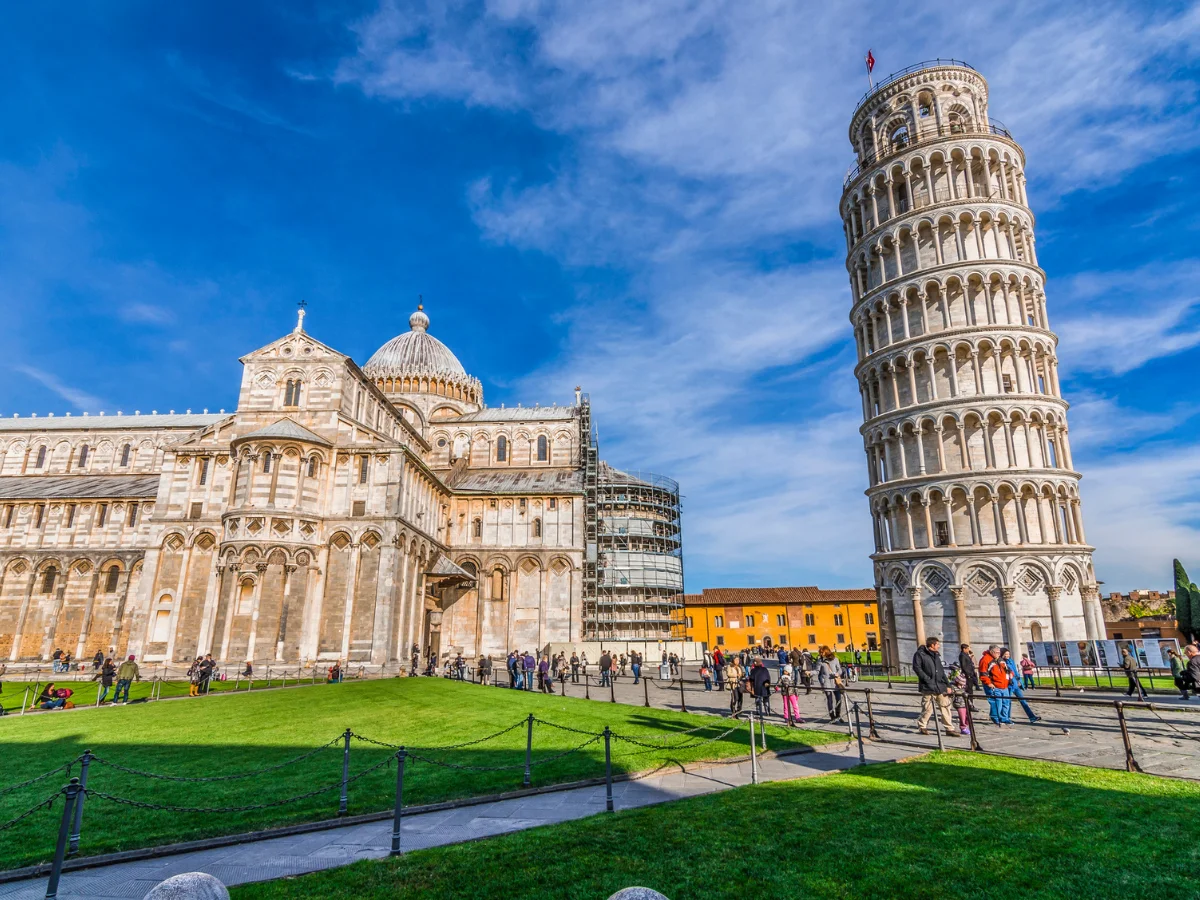The construction of trenches and siege works
Roman military brilliance shone through the construction of trenches and siege works. Strategically positioned, they impeded enemy movement and encircled fortified cities. Serving as defensive barriers, they provided protection for Roman encampments and siege engines. With adaptability and innovation, Roman engineers maximized their effectiveness on the battlefield. Trenches and siege works cut off supply lines and weakened enemy defenses, granting tactical advantages to Roman legions. Their legacy endures as symbols of strategic ingenuity, influencing military tactics for generations.

Ancient Rome: The construction of trenches and siege works
Trenches and siege works epitomized Roman military innovation, serving as strategic tools in besieging enemy strongholds.
Construction and Design
Roman engineers meticulously constructed trenches and siege works using rudimentary tools and manpower. These earthworks were strategically positioned to encircle and isolate enemy fortifications.
Functionality
Trenches served as defensive barriers, impeding enemy movement and restricting access to besieged cities. Siege works, including palisades and embankments, provided additional protection for Roman encampments and siege engines.
Tactical Deployment
During sieges, Roman legions utilized trenches and siege works to undermine enemy defenses. By encircling fortified cities, they cut off supply lines and prevented reinforcements, weakening the resolve of defenders.
Strategic Advantages
Trenches and siege works provided Roman legions with a tactical advantage on the battlefield. From fortified encampments, they launched assaults on enemy fortifications while remaining protected from counterattacks.
Adaptability
Roman engineers demonstrated remarkable adaptability in the construction of trenches and siege works. Depending on terrain and enemy defenses, they employed various techniques to maximize effectiveness.
Legacy
The legacy of trenches and siege works endures as a testament to Roman military ingenuity. Their strategic significance in besieging enemy strongholds influenced military tactics for centuries to come.
Conclusion
In the annals of military history, trenches and siege works stand as monuments to Roman engineering prowess. From encircling fortified cities to impeding enemy movement, these strategic innovations played a pivotal role in shaping the outcome of battles and securing Roman victories.



